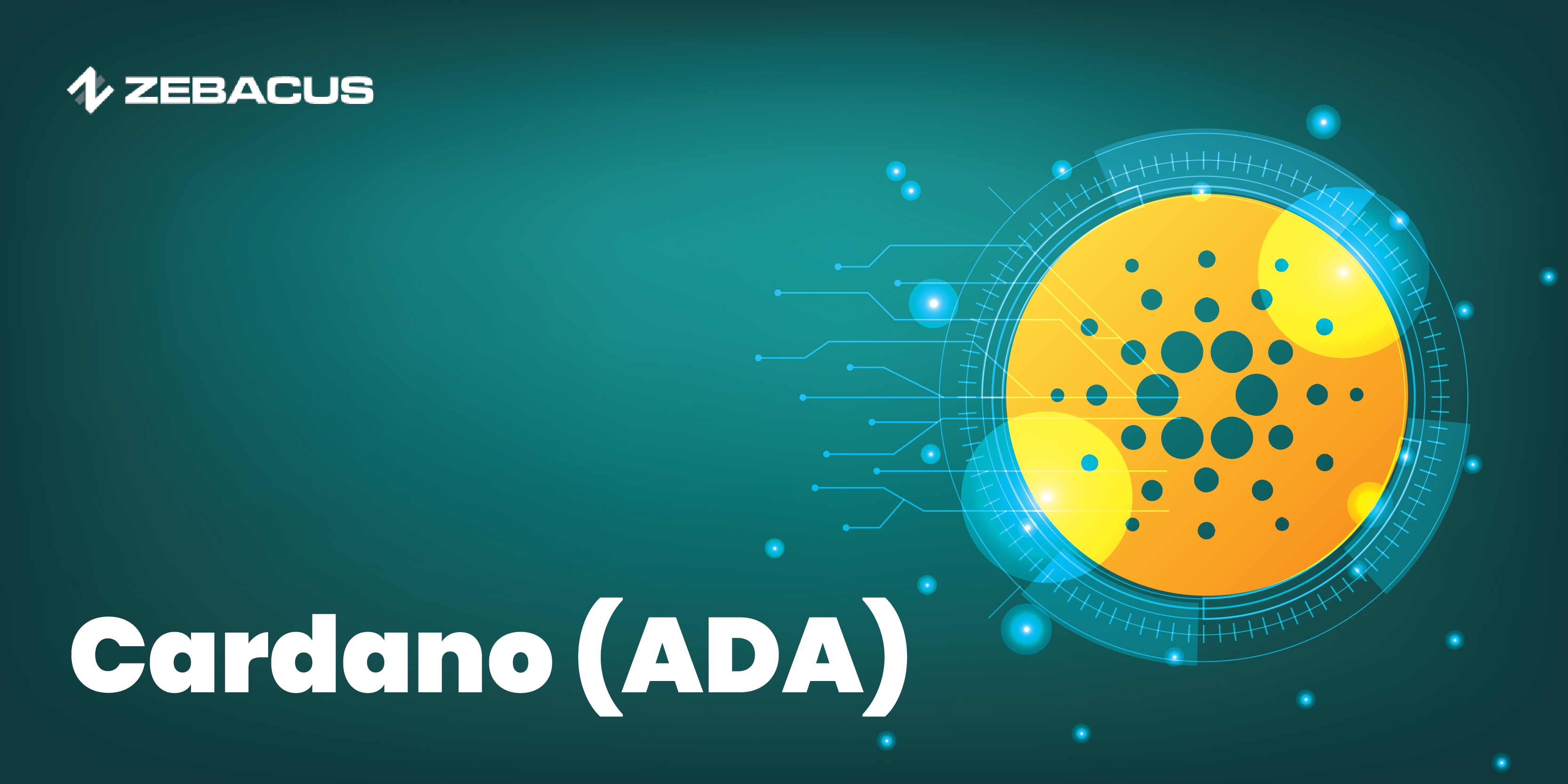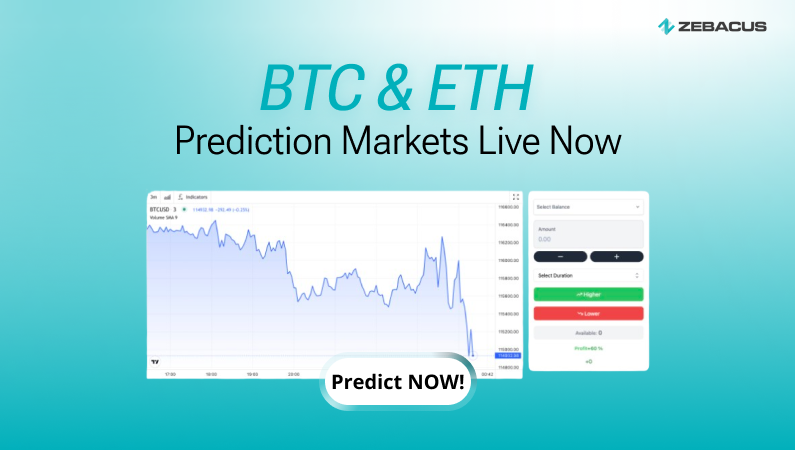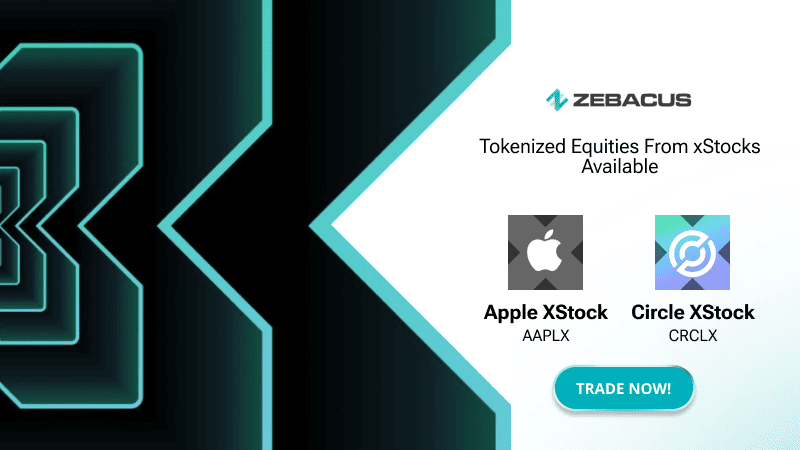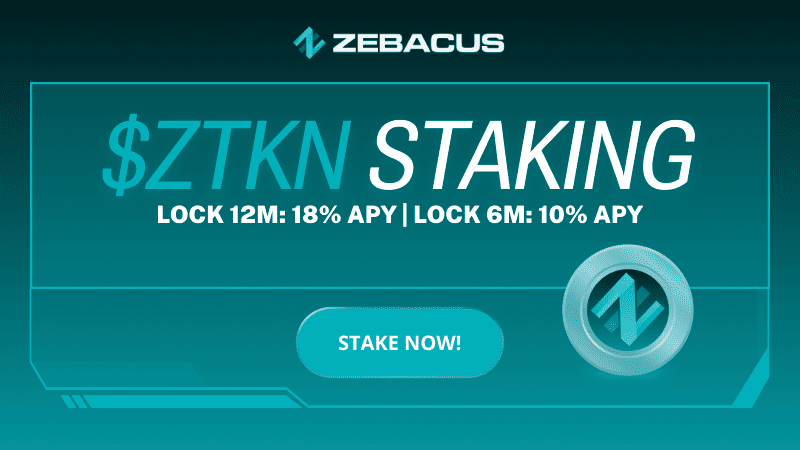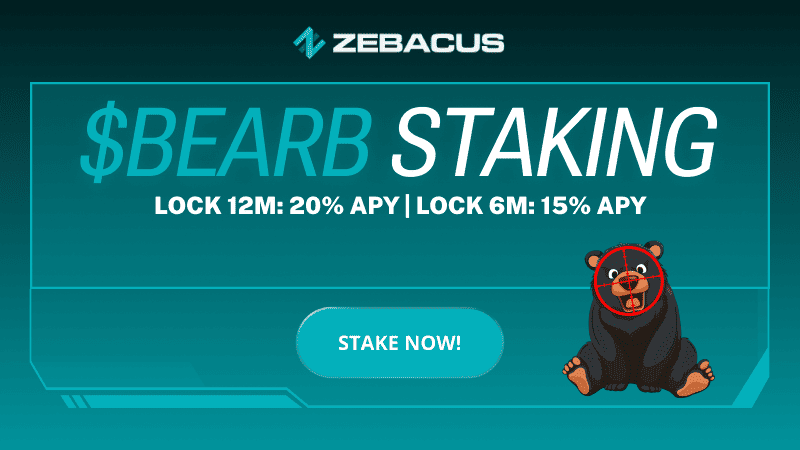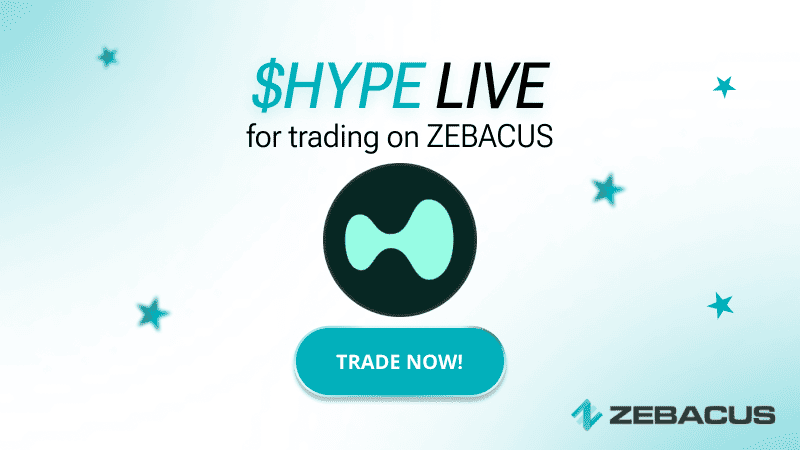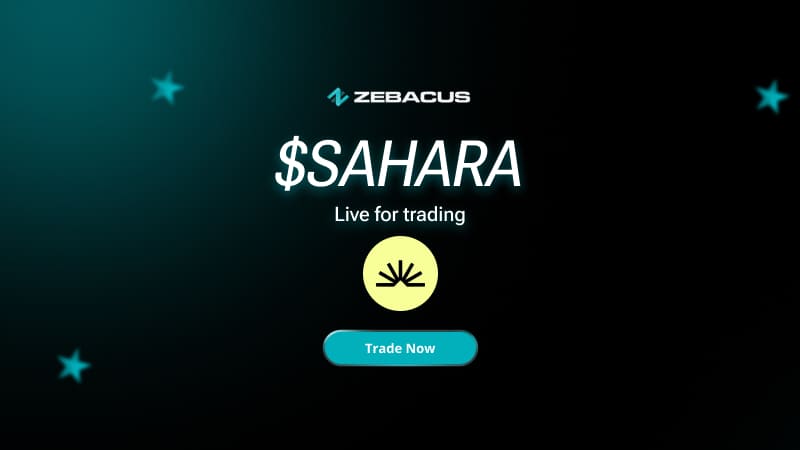What is Cardano (ADA)?
Cardano (ADA) is probably the nerdiest cryptocurrency out there. Do you know why? To begin with, it is named after the Renaissance mathematician Gerolamo Cardano. The Cardano platform uses the Ouroboros protocol, named after the mythological dragon eating its own tail. The ticker sign of Cardano, ADA, is named after Ada Lovelace, a 19th-century mathematician who is also considered the first computer programmer. As if all of this weren’t nerdy enough, they named the stages of Cardano’s road map with names of historical figures like Shelly and Voltaire. But what exactly is Cardano? Why is it special, and why should you care? Buckle up and read ahead.
The Basics
Cardano is a blockchain platform, more or less like Bitcoin and Ethereum, but with some unique characteristics. For example, Cardano does not have one white paper, as such. It was created based on several academic papers. Note that Cardano is the platform, and ADA is its native cryptocurrency. Charles Hoskinson, who was one of the co-founders of Ethereum founded Cardano in 2015. After parting ways with Ethereum due to differing visions, Hoskinson set out to create a new kind of blockchain, that is more secure, scalable, and efficient. Thus, Cardano was born.
What Makes Cardano Different?
Scientific Philosophy: Cardano is unique among cryptocurrencies in the sense that it is built on peer-reviewed academic research. The development team collaborates with a global network of scientists and academics to ensure that every aspect of the platform is grounded in rigorous scientific principles. This approach is quite different from the move-fast-and-break-things philosophy of tech companies.
Layered Architecture: Cardano is designed to be super-efficient and capable of handling a high volume of transactions. The platform’s architecture is divided into two main layers. The Cardano Settlement Layer (CSL), where ADA transactions are settled, and the Cardano Computation Layer (CCL), where smart contracts run. Separating these two layers makes the platform more flexible and scalable compared to its competitors.
Efficient Consensus Mechanism: Instead of using the energy-intensive Proof of Work (PoW) consensus, Cardano uses the Ouroboros algorithm, which is based on the Proof of Stake (PoS) consensus. In simple terms, this means that instead of mining, people can earn rewards by staking their ADA coins. It’s more energy-efficient and can be more secure when done right.
The Roadmap: From Byron to Voltaire
Cardano’s development is structured into five distinct phases, each named after a historical figure
Byron: This was the foundation phase, where Cardano’s mainnet was launched, and people could start trading ADA.
Shelley: This phase focused on decentralization, encouraging more nodes to join the network, making it more secure and distributed.
Goguen: This is where we are now, bringing smart contracts to Cardano. Think of smart contracts as self-executing contracts where the terms of the agreement are written into code. This phase allows for decentralized applications (DApps) to be built on Cardano.
Basho: This future phase will focus on optimizing and scaling the network. The goal is to handle more transactions and improve performance without compromising security.
Voltaire: The final phase will introduce a governance system, allowing ADA holders to vote on proposals for the future of the network. This makes Cardano a self-sustaining system.
Real-World Applications
Cardano and its native cryptocurrency ADA offer several real-life uses.
Finance: Like other cryptocurrencies, you can use ADA for peer-to-peer transactions without needing a middleman like a bank. This can be especially useful in regions where traditional banking is scarce.
DApps: With the Goguen phase, developers can create smart contracts and decentralized applications on Cardano. This opens up a world of possibilities, from decentralized finance (DeFi) platforms to supply chain tracking systems.
Identity Management: Cardano is also looking into solutions for digital identity. Imagine having a secure, decentralized ID that you can use across different services without worrying about your personal data being compromised.
The Future of Cardano
Looking ahead, Cardano’s roadmap is ambitious. The platform is still in development, with many features and improvements on the horizon. The team behind Cardano is constantly working on enhancing the system’s capabilities, making it more robust and user-friendly.
As the platform matures, we can expect to see more decentralized applications, greater adoption, and perhaps even more real-world use cases. The ultimate goal is for Cardano to become the go-to blockchain platform for both financial and non-financial applications, providing a secure, scalable, and sustainable infrastructure for the future.
Wrapping Up
Cardano is more than just another cryptocurrency. It’s a meticulously designed blockchain platform with a strong emphasis on scientific research and peer-reviewed development. Whether you’re interested in its technological innovations, potential as an investment, or real-world applications, Cardano is certainly a project to keep track of.
